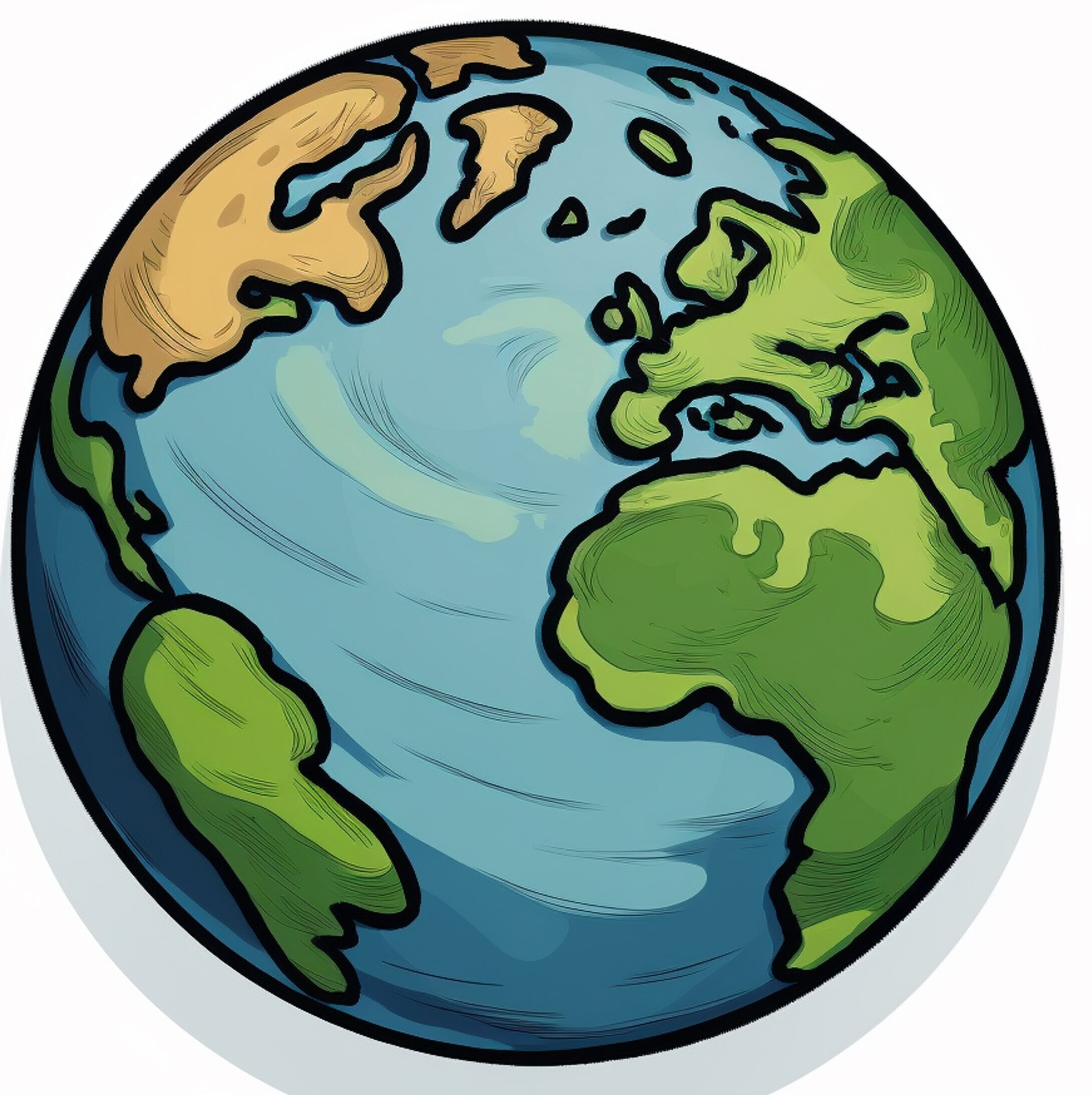What Is Extreme Heat?
Extreme heat occurs when temperatures rise far above the normal for a region, often staying high for several days. It’s more than just a hot day — it’s a serious weather event that can impact health, infrastructure, and the environment.
Why Is Extreme Heat Increasing?
1.Climate Change:
The biggest cause of extreme heat is global warming. Greenhouse gases like carbon dioxide trap heat in the Earth’s atmosphere, raising temperatures worldwide.
2.Urban Heat Islands:
Cities are often hotter than rural areas. Buildings, roads, and concrete absorb heat, making urban areas significantly warmer, especially during summer.
3.Deforestation:
Trees naturally cool the air. Cutting down forests reduces this effect, contributing to rising temperatures.
Impacts of Extreme Heat
1.Human Health:
Extreme heat can cause:
.Heat exhaustion
.Heatstroke
.Dehydration
Seniors, young children, and people with health problems are most at risk. In severe cases, heatwaves can lead to death.
2.Environment:
High temperatures dry out soil, damage crops, and reduce water supplies. They also increase the risk of wildfires, harming wildlife and natural ecosystems.
3.Economy and Infrastructure:
Roads can crack, rail lines can warp, and power grids can overload due to increased air conditioner use. Agriculture also suffers due to crop failures.
How to Stay Safe in Extreme Heat
.Drink Water: Stay hydrated, even if you’re not thirsty.
.Stay Indoors: Limit outdoor activities during the hottest parts of the day (usually 12–4 PM).
.Use Fans or Air Conditioning: Keep cool with fans, AC, or visit public cooling centers.
.Dress Smart: Wear lightweight, light-colored clothes and a wide-brimmed hat outdoors.
.Check on Others: Elderly people, infants, and pets need extra care during heatwaves.

